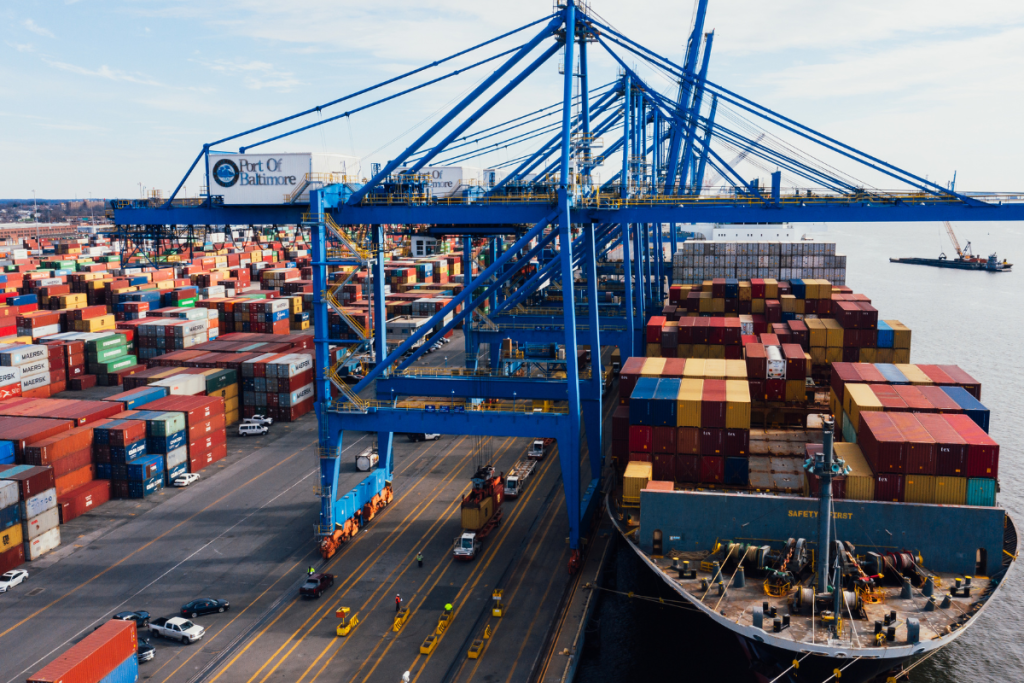In a growing wave of opposition to the Trump administration’s latest economic policies, U.S. truckers and port authorities are voicing strong concern over legislative moves they say could destabilize critical logistics infrastructure. Industry leaders argue that new tax burdens and unworkable tariff rules are being implemented without viable alternatives, risking investment slowdowns, operational delays, and mounting costs across the supply chain.
Independent Drivers Warn of Financial Pressures
The Owner-Operator Independent Drivers Association (OOIDA), representing 150,000 small trucking businesses and professional drivers, has formally rejected the Trump-backed House spending plan, calling it fiscally punitive for the trucking community. In a letter addressed to House Speaker Mike Johnson, OOIDA leadership described the bill as a “surprise tax assault” on both owner-operators and employee drivers.
OOIDA President Todd Spencer criticized the legislation for reviving elements of the 2017 Tax Cuts & Jobs Act that he said continue to disadvantage drivers. According to Spencer, the bill worsens the imbalance by excluding truckers from newer tax relief provisions granted to other working-class sectors. “Not only has the House failed to include truckers’ top priorities, some dating back to 2017, but it has astonishingly included new taxes on our members,” Spencer wrote.
The group’s statement underscores a deeper frustration within the logistics labor force—many of whom are still contending with high fuel costs, regulatory uncertainty, and squeezed profit margins. A tax hike, they argue, could tip small operators into insolvency and exacerbate the industry’s ongoing capacity crunch.
Crane Tariffs Threaten Port Modernization
Simultaneously, the American Association of Port Authorities (AAPA) has renewed its criticism of the White House’s plan to impose a 100% tariff on Chinese-manufactured ship-to-shore (STS) cranes. In testimony before the U.S. Trade Representative, AAPA President Cary Davis argued the tariffs are impractical given the absence of domestic crane manufacturing capacity.
“Applying a new 100% tariff to Chinese STS cranes will not create a domestic crane manufacturing industry out of thin air,” Davis said. “It will only increase costs for public port authorities.” The AAPA contends that U.S. ports—already under pressure to modernize and expand—will face steep cost overruns or procurement delays as a result of the policy, which affects both existing crane orders and upcoming infrastructure investments.
While supportive of broader reshoring objectives, the association warned that unilateral price hikes without viable supply chain alternatives risk disrupting long-term capital planning for ports that anchor national and regional trade flows.
Logistics Policy Requires Operational Grounding
Both OOIDA and AAPA have raised legitimate concerns that reflect a broader disconnect between policy intent and implementation readiness. In the case of port infrastructure, the absence of domestic alternatives for critical equipment like STS cranes weakens the logic behind sudden tariff hikes. Similarly, tax policy changes that overlook the structural role of small trucking businesses risk compounding labor and cost pressures already affecting freight capacity.
For supply chain leaders, these responses from frontline sectors signal the importance of measured, infrastructure-aware policymaking. As trade, tax, and reshoring agendas evolve, the practical realities of logistics operations must be factored in—not after the fact, but as core inputs to the policy design process.





